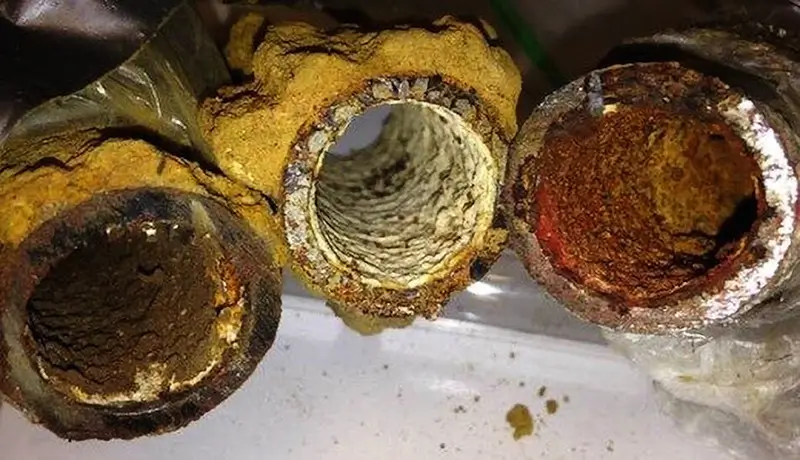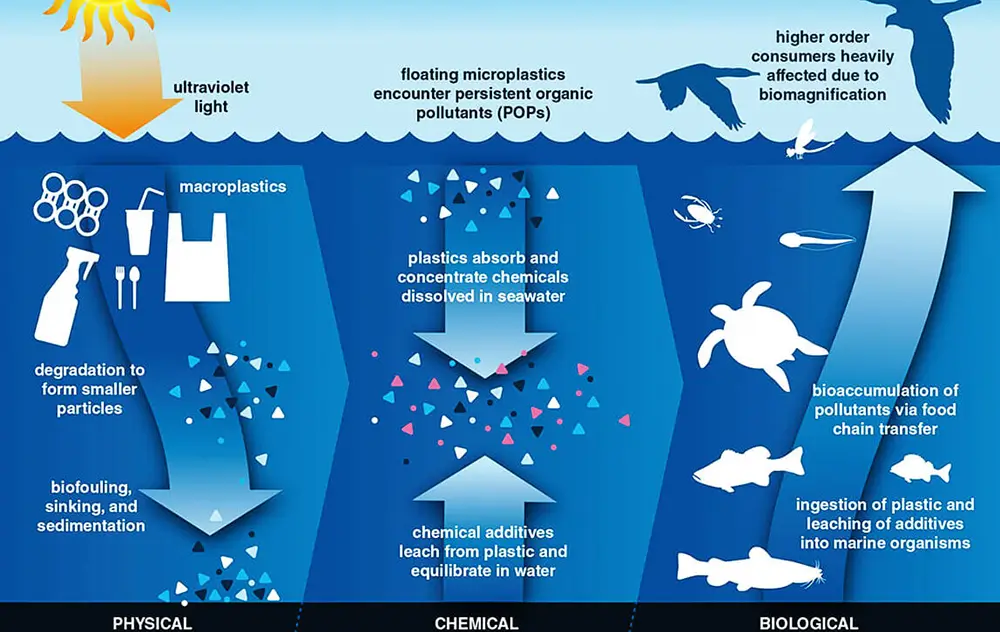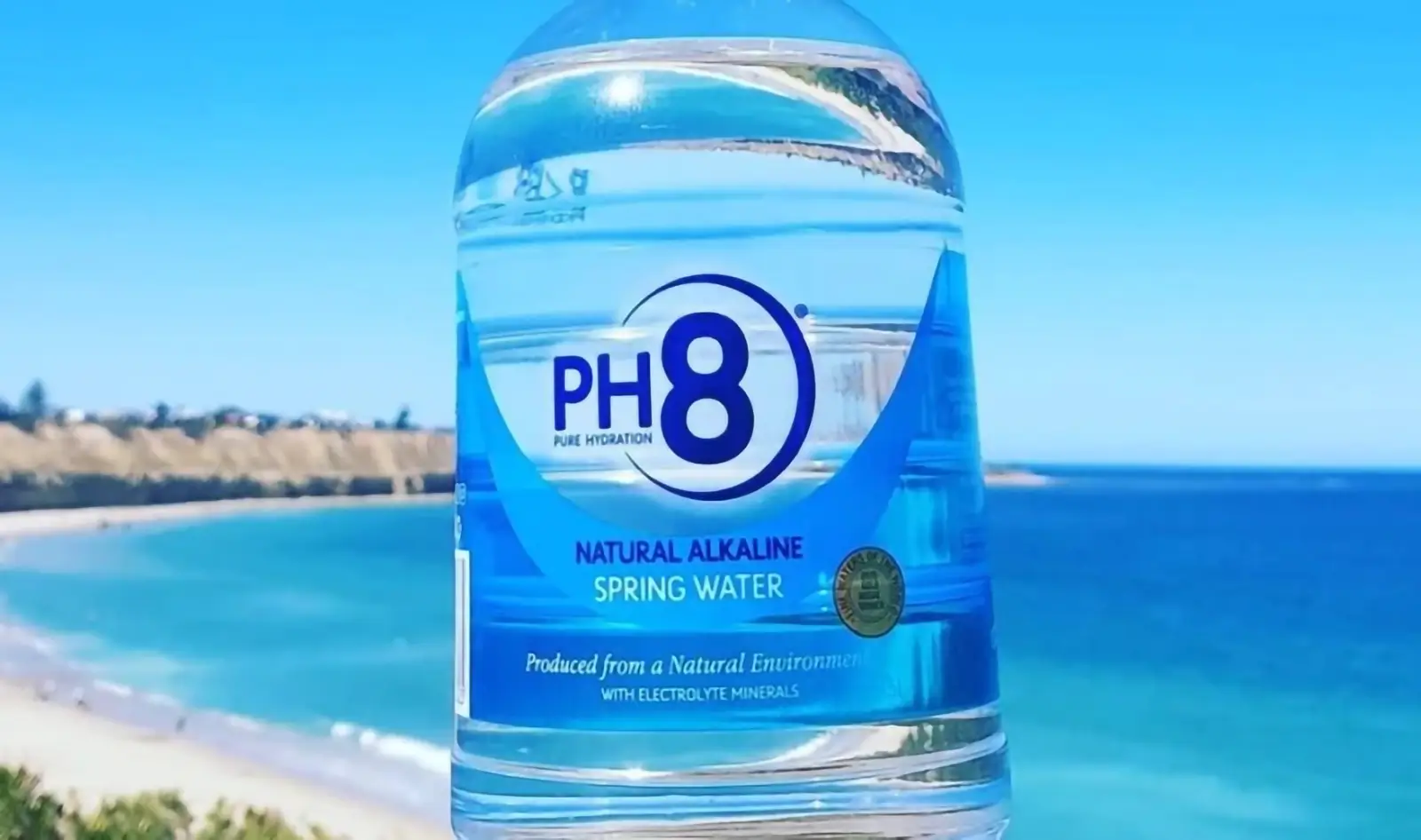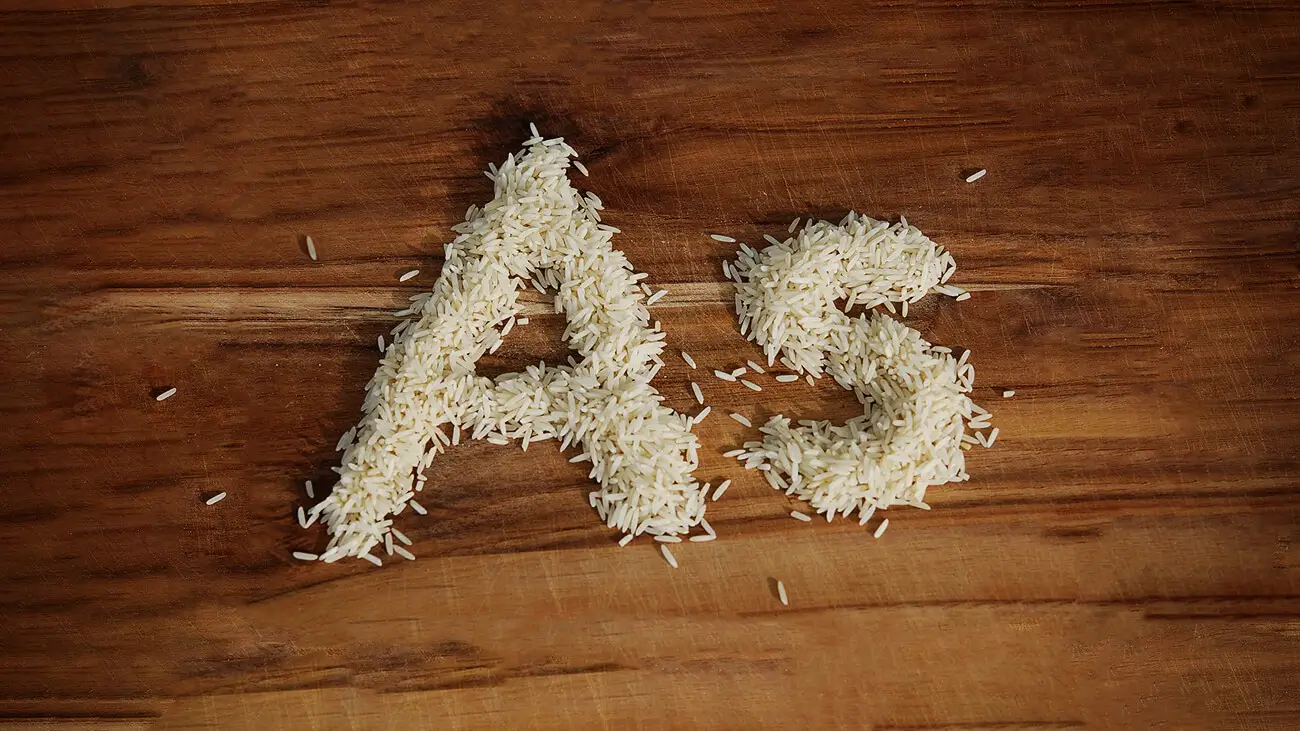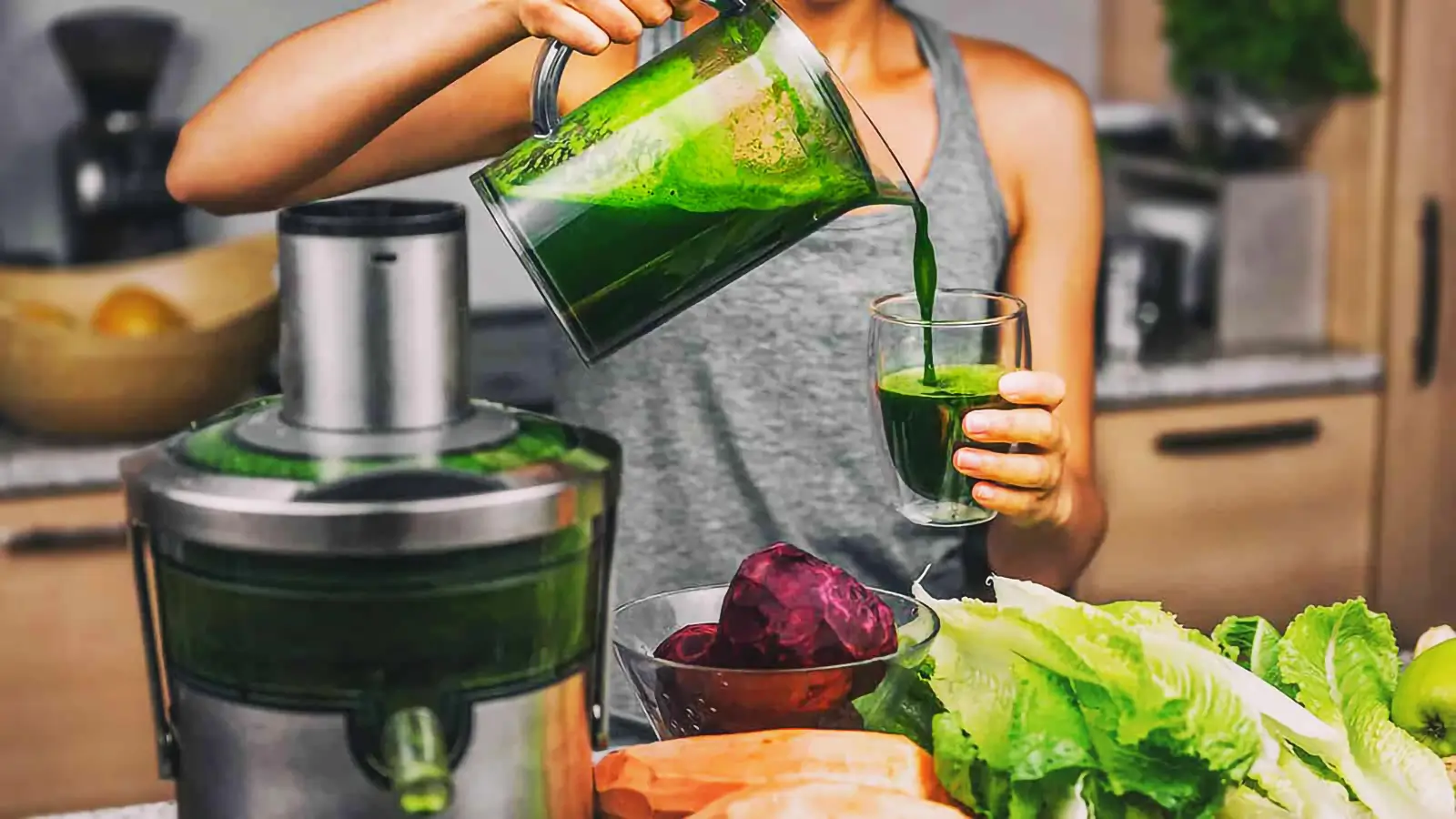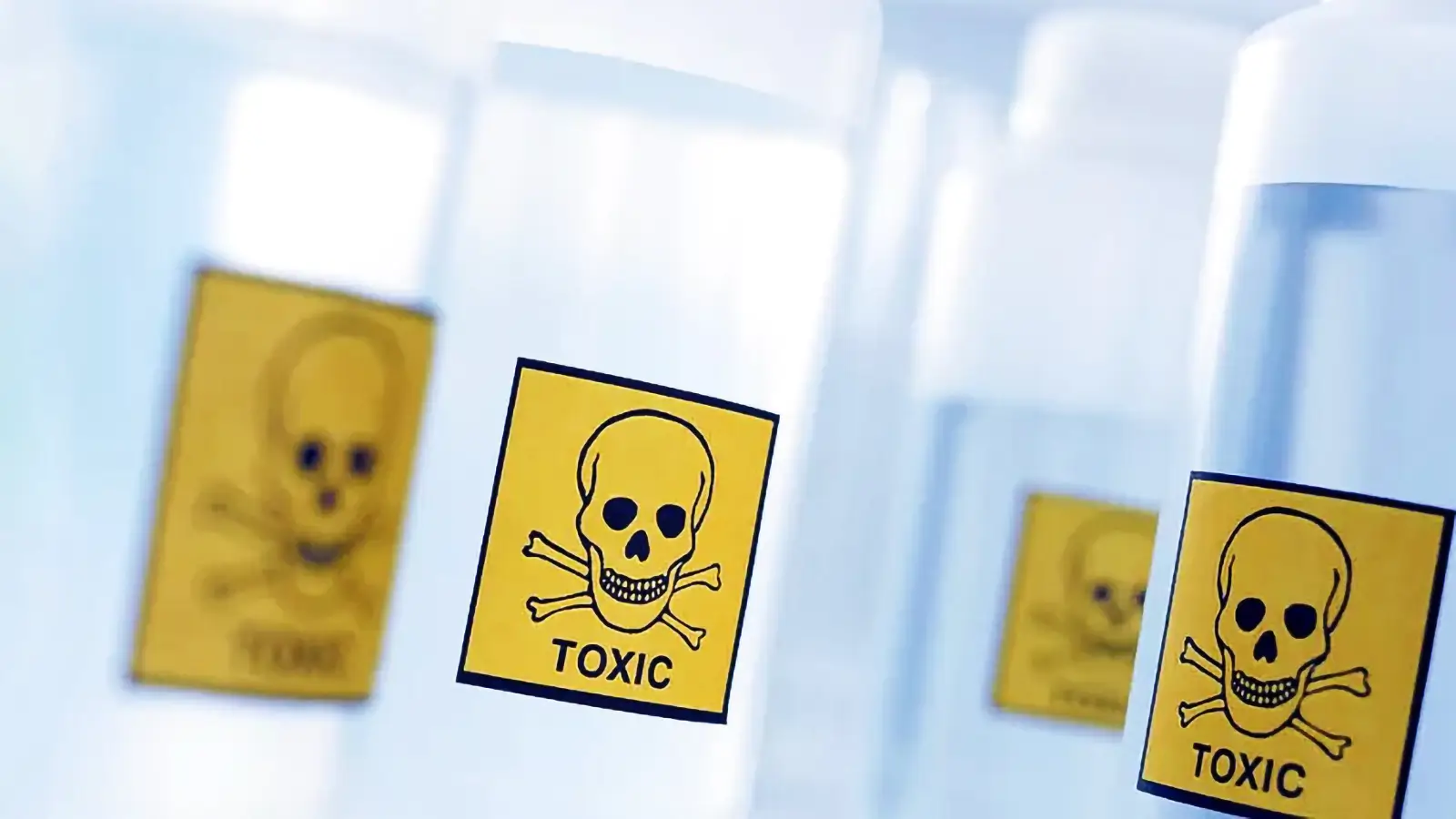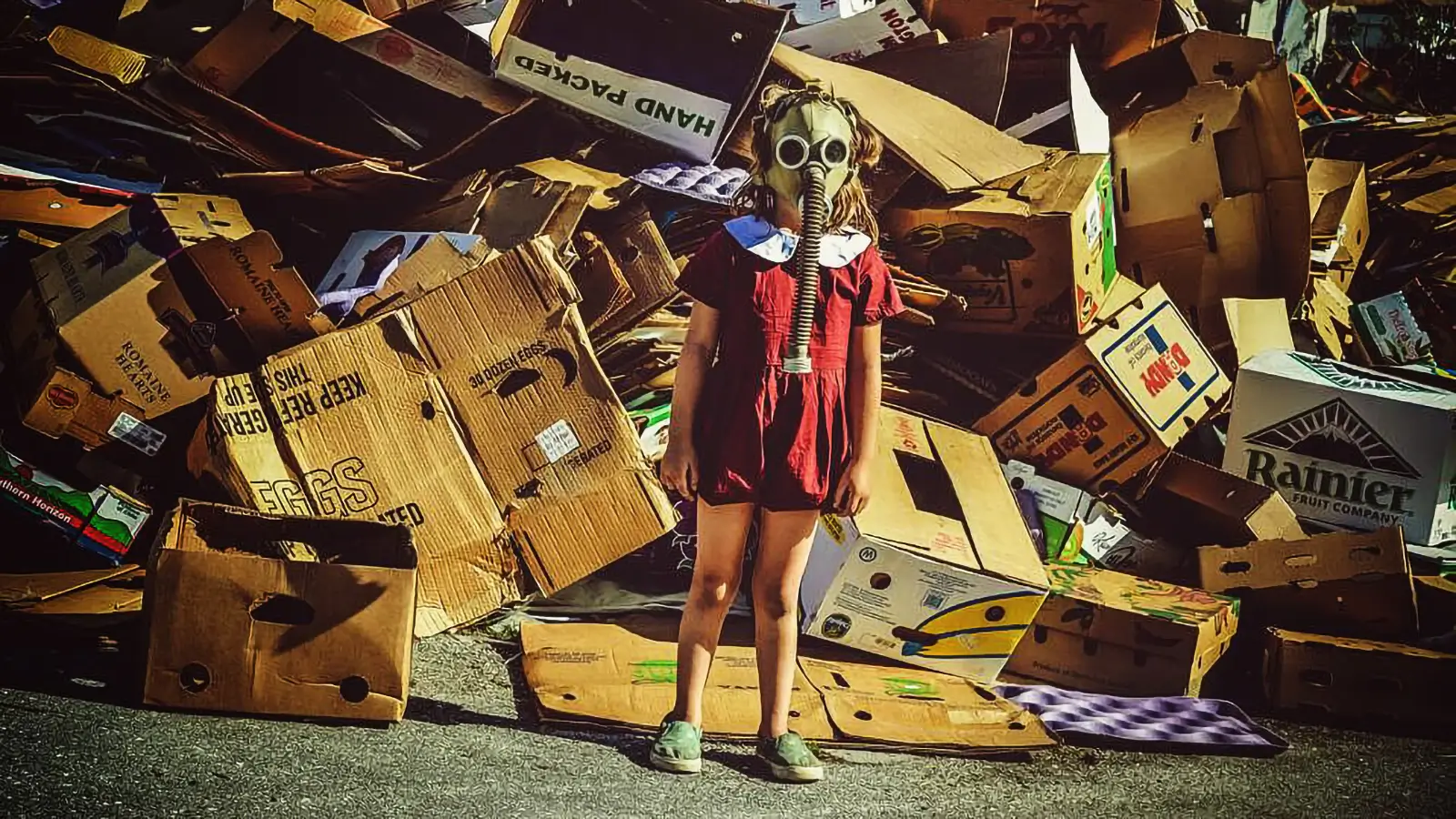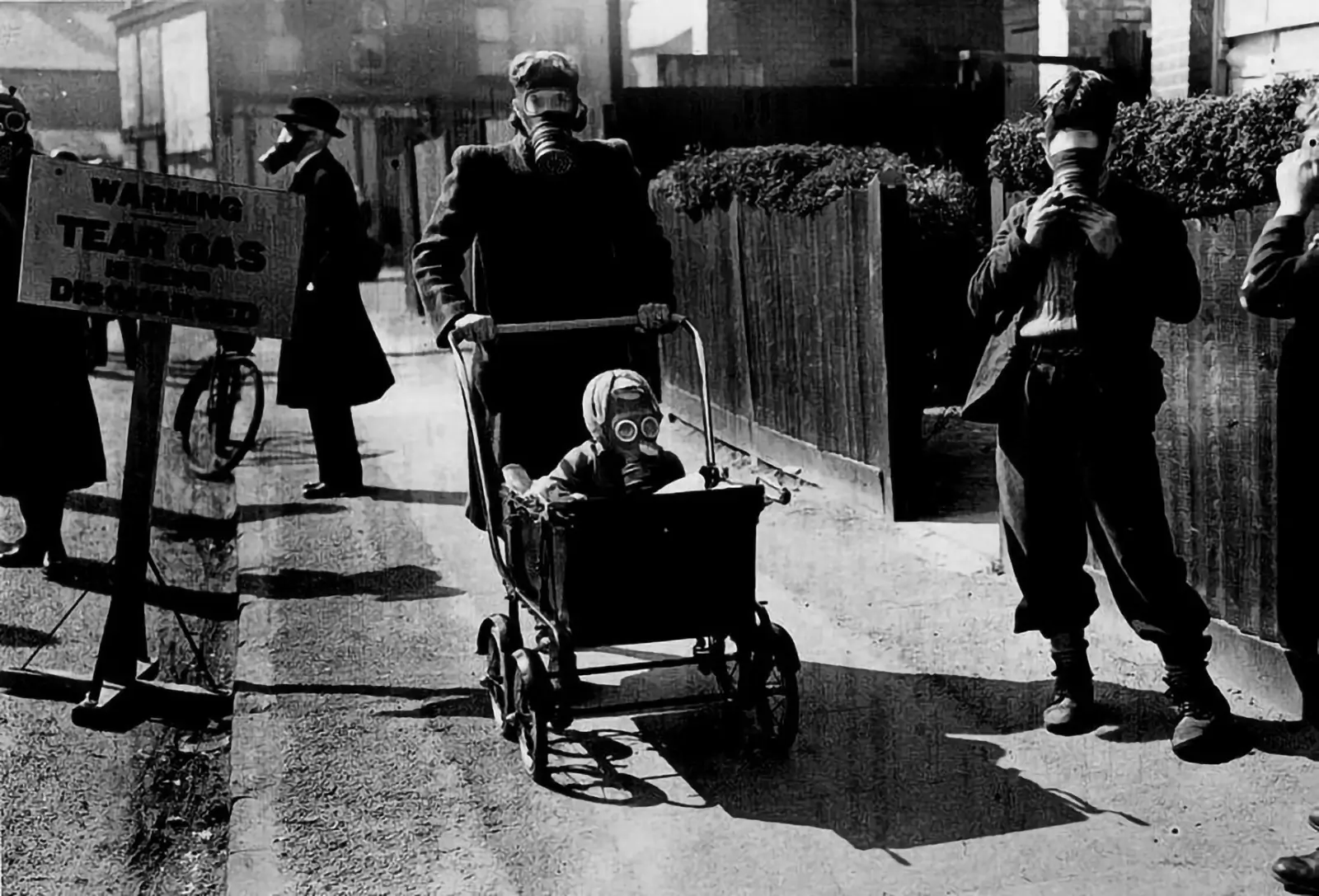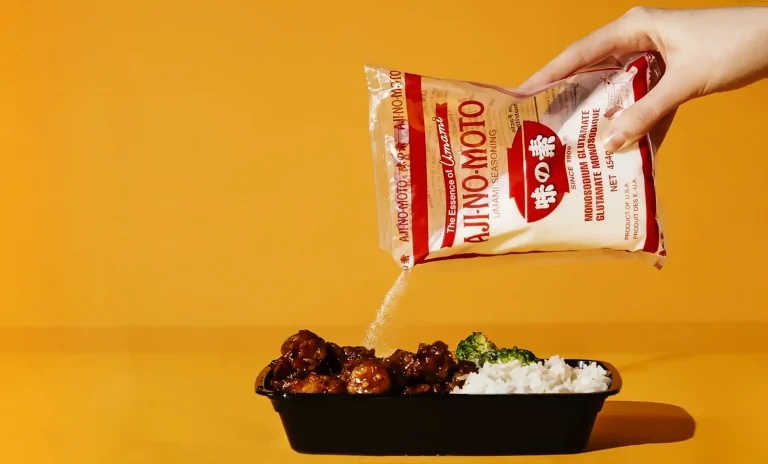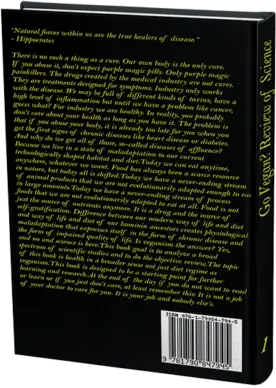Tap water toxicity- Risk assessment
If we are living in a city where we are sure that the tap water is pure this still does not mean that the water is “pure”.
Milos Pokimica
Written By: Milos Pokimica
Medically Reviewed by: Dr. Xiùying Wáng, M.D.
Updated June 9, 2023Water purification is a big business, especially in countries that do not have clean sources and tap water toxicity is a big issue. More than a billion people even to this day drink filthy water and do not have any form of sanitation. Diarrhea to this day due to poor sanitation kills an estimated 842,000 people every year globally. By 2025, 1.8 billion people are projected to be living in regions with absolute water scarcity. Water is big business, and the business will grow.
On the other hand, even if we have tap water in our homes tap water toxicity can be one of the contributing factors to our toxic overload. People who are in the business of water purification often don’t do good science and are more interested in profit.
There are a couple of ways we can try to lower our toxic load. A natural toxic chemical that we are exposed to and mane made POPs (persistent organic pollutants) are here to stay and there is little we can do to avoid exposing ourselves to environmental pollution except eating organically grown food that is low on a food chain and moving to more unpolluted cities, but there is another line of actions we can take.
First, we can start with the most basic stuff like the water we drink. If we cannot escape chemicals in our food, we can try to eliminate them from the water we drink.
If we are living in a city where we are sure that the water source is pure this still does not mean that the water is “pure”. It just means that it is in the range of accessible toxicity for the chemicals that they measure. Bottled water for that matter also might not necessarily be safer, cleaner, or of higher quality just because it is bottled than water straight out of the faucet. It is a more complex issue that depends on individual case-to-case scenarios. As a consumer, you should know that there in some cases bottled water can be even more polluted than tap water. All of the sodas, beverages and all other items you will find in the grocery store are made with regular tap water. And there are hundreds of chemicals and pollutants in tap water that are there and are not tested for safety levels and some are toxic and are added deliberately like fluoride or chlorine.
The CDC considers fluoride as one of the ten public health achievements of the 20th century. It is viewed as a triumph over tooth decay. Today most of the toothpaste sold contains fluoride and 72% of all water in the US is fluoridated. The first use of fluoride was for the eradication of vermin and ever since it was a crucial ingredient in rat poison and insecticides. In the early days of fluoride use, it was only known as a poison not just for men, but for the environment as well. It was a crucial ingredient in the Manhattan project and nuclear weapons too. It was added to Auschwitz’s water supply and the water of Siberian gulags for its effect on the human mental state. It is hazardous waste from the phosphate fertilizer industry which cannot be dumped into the streams or sea by international law and cannot be used locally because it is too concentrated.
Because of public awareness, most of the fluoride is removed in most countries in the world and it is illegal but chlorine is not. But wait, chlorine itself is proven to be a toxic cancer-promoting mutagen. It is not a well-known fact outside of the research community but there was a line of research that lasted for decades into this matter. People who drink chlorinated water for a prolonged period have an increased risk of cancer, especially bladder cancer. The number that studies have shown is around 27 percent. If you drink tap water you have a 27 percent more risk for bladder cancer. There is also some evidence of an increased risk of certain types of birth defects. In these types of studies is hard to prove cause-and-effect meaning if The Environmental Protection Agency estimated that between 2 to 17 percent of bladder cancer cases in the United States are just because of the drinking water does that mean that those people would be alive if they didn’t drink tap water. Even if you want to avoid it you are most like to be unsuccessful because tap water is used everywhere in the food industry as a standard. For example, all sodas are made from tap water. No food company is going to use deep spring water or even just regular filtered water as source water because that would be an economically unsustainable practice.
Adding rat poison fluoride and then chlorine to our water to fight against microbial contaminants has created new contamination in the form of “disinfection by-products.” The chlorination of drinking water for microbiological safety also interacts with organic matter in the water’s source which results in the creation of chlorinated compounds. These disinfection byproducts pose a health risk and so far there are more than 600 of them have been identified.
There are ways to reduce the risk of the creation of these toxic byproducts in the first place through the better initial removal of source water’s natural organic matter. The cost of upgrading and the infrastructure to run these types of drinking water systems is very high and in most countries, it would be not implemented. Even the US government in some cases has a hard time just keeping heavy toxins out of tap water. All we have to do is to remember the Flint tragedy.
However, there are still other pollutants in tap water that water plants do not test like inorganic metals and microplastic fibers (83% of the samples were contaminated worldwide), and other nanoparticles that we cannot measure. When a substance is in the nanometer range what that actually means is that the substance is small enough to penetrate a cell and that means it can penetrate all organs including the brain. There are some studies done, and it has been proven that microplastic has an effect on wildlife but human studies are not here yet.
Microplastics have the ability to absorb toxic chemicals as well, and research on wild animals shows that they are released into the body. Microplastic was also found in a few samples of commercially bottled water tested in the US. The problem is that they cannot exceed safety levels because there are none. No safety level regulation, only guidelines.
Ever hear of trihalomethanes (TTHMs), which are linked to bladder cancer, skin cancer, and fetal development issues, and hexavalent chromium made notorious by the film Erin Brockovich, or Radium-226 and Radium-228? All of these contaminants I just mentioned always had been detected above legal guidelines.
For hundreds of other contaminants, the government does not impose any requirements at all. One of the most prevalent toxins such as perchlorate and PFOA/PFOS (chemical cousins of Teflon) occurs in millions of Americans’ tap water. Because the EPA does not regulate them, they do not show up in any statistics. Sensitive groups of people, like pregnant women and children, are at higher risk for health complications, especially from the list of following contaminants that are regularly detected in tap water like lead (this is a bigger problem in towns with older water systems), and atrazine (endocrine-disrupting substance is one of the most regularly detected pesticides in US waters) and vinyl chloride (used to make PVC plastic products).
I will not list all of the detected pollutants it would be a long read. Logically in my mind, only clean water in our current environment and the only water that I use for cooking and drinking is distilled water.
References:
Passages selected from a book: Pokimica, Milos. Go Vegan? Review of Science Part 1. Kindle ed., Amazon, 2018.
- Villanueva, C M et al. “Meta-analysis of studies on individual consumption of chlorinated drinking water and bladder cancer.” Journal of epidemiology and community health vol. 57,3 (2003): 166-73. doi:10.1136/jech.57.3.166
- Hwang, Bing-Fang, and Jouni J K Jaakkola. “Water chlorination and birth defects: a systematic review and meta-analysis.” Archives of environmental health vol. 58,2 (2003): 83-91. doi:10.3200/AEOH.58.2.83-91
- Grellier, James et al. “Assessing the human health impacts of exposure to disinfection by-products–a critical review of concepts and methods.” Environment international vol. 78 (2015): 61-81. doi:10.1016/j.envint.2015.02.003
- Tak, Surbhi, and Bhanu Prakash Vellanki. “Natural organic matter as precursor to disinfection byproducts and its removal using conventional and advanced processes: state of the art review.” Journal of water and health vol. 16,5 (2018): 681-703. doi:10.2166/wh.2018.032
Related Posts
Do you have any questions about nutrition and health?
I would love to hear from you and answer them in my next post. I appreciate your input and opinion and I look forward to hearing from you soon. I also invite you to follow us on Facebook, Instagram, and Pinterest for more diet, nutrition, and health content. You can leave a comment there and connect with other health enthusiasts, share your tips and experiences, and get support and encouragement from our team and community.
I hope that this post was informative and enjoyable for you and that you are prepared to apply the insights you learned. If you found this post helpful, please share it with your friends and family who might also benefit from it. You never know who might need some guidance and support on their health journey.
– You Might Also Like –

Learn About Nutrition
Milos Pokimica is a doctor of natural medicine, clinical nutritionist, medical health and nutrition writer, and nutritional science advisor. Author of the book series Go Vegan? Review of Science, he also operates the natural health website GoVeganWay.com
Medical Disclaimer
GoVeganWay.com brings you reviews of the latest nutrition and health-related research. The information provided represents the personal opinion of the author and is not intended nor implied to be a substitute for professional medical advice, diagnosis, or treatment. The information provided is for informational purposes only and is not intended to serve as a substitute for the consultation, diagnosis, and/or medical treatment of a qualified physician or healthcare provider.NEVER DISREGARD PROFESSIONAL MEDICAL ADVICE OR DELAY SEEKING MEDICAL TREATMENT BECAUSE OF SOMETHING YOU HAVE READ ON OR ACCESSED THROUGH GoVeganWay.com
NEVER APPLY ANY LIFESTYLE CHANGES OR ANY CHANGES AT ALL AS A CONSEQUENCE OF SOMETHING YOU HAVE READ IN GoVeganWay.com BEFORE CONSULTING LICENCED MEDICAL PRACTITIONER.
In the event of a medical emergency, call a doctor or 911 immediately. GoVeganWay.com does not recommend or endorse any specific groups, organizations, tests, physicians, products, procedures, opinions, or other information that may be mentioned inside.
Editor Picks –
Milos Pokimica is a health and nutrition writer and nutritional science advisor. Author of the book series Go Vegan? Review of Science, he also operates the natural health website GoVeganWay.com
Latest Articles –
Top Health News — ScienceDaily
- MIT scientists strip cancer of its sugar shieldon December 23, 2025
Scientists at MIT and Stanford have unveiled a promising new way to help the immune system recognize and attack cancer cells more effectively. Their strategy targets a hidden “off switch” that tumors use to stay invisible to immune defenses—special sugar molecules on the cancer cell surface that suppress immune activity. Early tests show it can supercharge immune responses and outperform current antibody therapies.
- Scientists find a weak spot in deadly fungus that shut down hospital intensive care unitson December 23, 2025
A deadly hospital fungus that resists nearly every antifungal drug may have an unexpected weakness. Researchers discovered that Candida auris activates specific genes during infection to hunt for nutrients it needs to survive. This insight came from a new living-host model that allowed scientists to watch the fungus in action. The findings could eventually lead to new treatments or allow current drugs to be repurposed.
- This ultra-sensitive imaging system can spot cancer earlieron December 23, 2025
A new imaging technology can distinguish cancerous tissue from healthy cells by detecting ultra-weak light signals. It relies on nanoparticles that bind to tumor markers, making cancerous areas easier to identify. The system is far more sensitive than existing tools and could speed up cancer screening. Scientists believe it may help detect tumors earlier and reduce delays in diagnosis.
- Hidden brain maps that make empathy feel physicalon December 23, 2025
When we watch someone move, get injured, or express emotion, our brain doesn’t just see it—it partially feels it. Researchers found eight body-like maps in the visual cortex that organize what we see in the same way the brain organizes touch. These maps help us instantly understand actions, emotions, and intentions in others. The discovery sheds light on human empathy and opens doors for new brain-based therapies and AI systems that better understand the body.
- Are they really listening? Watch their blinkson December 23, 2025
Your eyes may reveal when your brain is working overtime. Researchers found that people blink less when trying to understand speech in noisy environments, especially during the most important moments. The effect stayed the same in bright or dark rooms, showing it’s driven by mental effort, not light. Blinking, it turns out, is a quiet marker of focused listening.
- This cancer-fighting molecule took 50 years to buildon December 22, 2025
MIT scientists have achieved the first-ever lab synthesis of verticillin A, a complex fungal compound discovered in 1970. Its delicate structure stalled chemists for decades, despite differing from related molecules by only two atoms. With the synthesis finally complete, researchers created new variants that showed strong activity against a rare pediatric brain cancer. The breakthrough could unlock an entire class of previously unreachable cancer-fighting molecules.
- A new drug could stop Alzheimer’s before memory loss beginson December 22, 2025
New research suggests Alzheimer’s may start far earlier than previously thought, driven by a hidden toxic protein in the brain. Scientists found that an experimental drug, NU-9, blocks this early damage in mice and reduces inflammation linked to disease progression. The treatment was given before symptoms appeared, targeting the disease at its earliest stage. Researchers say this approach could reshape how Alzheimer’s is prevented and treated.
PubMed, #vegan-diet –
- Comparing diet-related attitudes, perceptions, and behaviors of vegan and omnivorous adults: results from a cross-sectional survey study in Germanyon December 22, 2025
CONCLUSION: The findings are consistent with and build on existing research on cognitive and behavioral patterns related to a vegan diet, while at the same time yielding some additional insights. In particular, the results on significant differences in the risk-benefit perception of a vegan diet, as well as on motivations and influences regarding the decision to follow a vegan diet provide an important basis for the development of public health interventions and a foundation for further […]
- Assessment of vitamin A, vitamin B2, vitamin B12, vitamin K, folate, and choline status following 4 months of multinutrient supplementation in healthy vegans: a randomised,…on December 19, 2025
CONCLUSION: A multinutrient supplement containing 82 µg of vitamin B(12) per day significantly positively affected vitamin B(12) blood biomarkers in healthy vegans.
- Exploring the synergistic potential of pH and ultrasonication on the functional properties of pea and lentil protein isolates and its formulation in food producton December 15, 2025
The substitution of meat proteins with plant-based proteins from various sources is often motivated by nutritional considerations. However, the inherent limited solubility of plant proteins, which results in suboptimal techno-functional properties, remains a persistent challenge in food formulation. The purpose of this study was to utilize unique properties of pea (Pisum sativum L.) and lentil (Lens culinaris) through ultrasonication and pH variation in order to develop a stable and […]
- Healthful and Unhealthful Plant-Based Diets and Their Association with Cardiometabolic Targets in Women Diagnosed with Breast Cancer: A Cross-Sectional Analysis of a Lifestyle Trialon December 11, 2025
CONCLUSIONS: Maintaining cardiometabolic risk factors within normal ranges is clinically relevant in BCS, and this may be more likely when a plant-based diet is consumed, especially if low in unhealthy plant foods.
- Functional and Nutritional Properties of Lion’s Mane Mushrooms in Oat-Based Desserts for Dysphagia and Healthy Ageingon December 11, 2025
Hericium erinaceus (Lion’s Mane mushroom) is a medicinal species recognised for its neuroprotective and antioxidant properties. This study investigated its potential as a functional ingredient in oat milk-based desserts formulated for individuals with dysphagia. Freeze-dried Lion’s Mane powder (LMP), containing high-quality protein (~16%, amino acid score 88%), dietary fibre (~31%), and phenolic compounds (72.15 mg GAE/g), was incorporated at varying levels using gelatin or iota-carrageenan […]
Random Posts –
Featured Posts –
Latest from PubMed, #plant-based diet –
- Associations Between Healthy and Plant-Based Dietary Patterns and Cognitive Reserve: A Cross-Sectional Analysis of the 1946 British Birth Cohortby Kelly C Cara on December 23, 2025
CONCLUSIONS: CR was positively associated with healthy dietary patterns and inversely associated with unhealthful plant-based dietary patterns. Diet uniquely explained variations in CR and should be considered among influential lifestyle factors in future research. Longitudinal analyses are needed to confirm these findings.
- Dietary quercetagetin attenuates H2O2-induced oxidative damage and preserves meat quality in broilers by modulating redox status and Nrf2/ferroptosis signaling pathwayby Wenyue Hu on December 22, 2025
In modern poultry production, oxidative stress has emerged as a pivotal factor compromising the health status and overall performance of broiler. The aim of this study was to investigate the effects of dietary quercetagetin (QG) supplementation on hydrogen peroxide (H(2)O(2))-induced oxidative damage in breast muscle of broilers, focusing on growth performance, meat quality, and antioxidant function, and elucidating the underlying mechanisms. Two hundred and forty one-day-old Cobb broilers […]
- Effects of dietary selenium supplementation on physiological parameters, tissue fatty acid composition, and fatty acid-metabolism relative gene expression of grouper (Epinephelus coioides) fed high…by Yen-Chun Lee on December 22, 2025
The present study evaluated the effects of dietary selenium (Se) supplementation on growth performance, physiological responses, tissue fatty acid profiles, and the expression of genes related to fatty acid metabolism in juvenile grouper (Epinephelus coioides). A control diet based on soy protein concentrate, replacing 40% of the fish meal protein, was supplemented with graded levels of Se at 0, 0.3, 0.6, and 1.0 mg Se kg^(-1). A fish meal-based reference diet was also included for […]
- Unravelling the interaction between feeding regimens and milking time in Parmigiano Reggiano PDO milk: an integrated metabolomics and ion mobility lipidomics approachby Pier Paolo Becchi on December 22, 2025
In this study, an integrated approach based on UHPLC-HRMS metabolomics and IM-HRMS lipidomics has been carried out to unravel the interaction between feeding and milking time in the overall chemical profile of Parmigiano Reggiano (PR) milk. Specifically, ANOVA multiblock OPLS (AMOPLS) modelling revealed the complementarity of the assays in combining the effect of these two critical parameters. In particular, metabolomics highlighted the presence of plant-derived compounds (mainly terpenoids […]
- Comparing diet-related attitudes, perceptions, and behaviors of vegan and omnivorous adults: results from a cross-sectional survey study in Germanyby Dan Borzekowski on December 22, 2025
CONCLUSION: The findings are consistent with and build on existing research on cognitive and behavioral patterns related to a vegan diet, while at the same time yielding some additional insights. In particular, the results on significant differences in the risk-benefit perception of a vegan diet, as well as on motivations and influences regarding the decision to follow a vegan diet provide an important basis for the development of public health interventions and a foundation for further […]
- The effect of dietary interventions on peripheral markers of inflammation among people with multiple sclerosis: A systematic review and meta-analysis of randomized controlled trialsby Wade R Pingel on December 21, 2025
CONCLUSIONS: Several dietary interventions may reduce systemic inflammation in PwMS, with greater effects in longer-duration interventions. Calorie-restricted diets did not significantly alter adipokines. Given the limited number and heterogeneity of studies, larger and longer RCTs using comparable dietary interventions are needed to confirm these findings.


